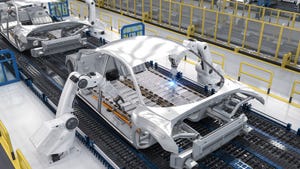Long driving range and a reasonable price tag make Hyundai’s slippery sedan an appealing EV solution.
April 4, 2023
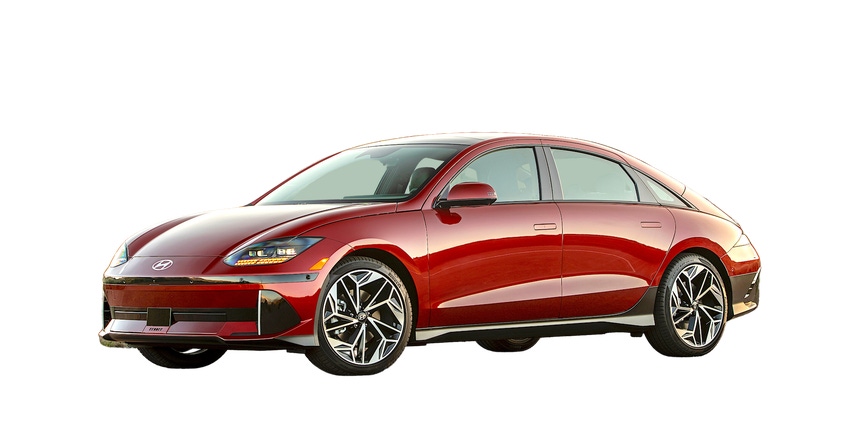
As the car market’s preference shifts to wagon-bodied crossover SUVs rather than sedans, there is a good reason why carmakers have been rolling out EVs like the new Hyundai Ioniq 6 as sedans. These cars, like the Mercedes EQS, are whittled down to achieve minimal aerodynamic drag so that they can post big driving range numbers that the boxier SUVs can’t achieve.
The Ioniq 6 is an interesting standard-bearer for leading-edge EV technology because, with pricing starting in the mid-$40,000s and the top-of-the-line Limited model in the mid-$50,000s, it deploys Hyundai’s Electric-Global Modular Platform (E-GMP) in a wind-cheating package that delivers a maximum estimated average range of 361 miles.
The car is available in a matrix of battery capacity and drive motor configurations, with a standard 53-kilowatt-hour pack and an optional 77.4 kWh pack on Long Range models. It can be configured with a single motor driving the rear wheels or a pair of motors driving all four.
The power delivered by the motor depends on the size of the battery pack supplying it, so the standard battery rear motor delivers 149 horsepower and the Long Range battery rear motor is rated at 225 hp. All-wheel drive is only available with the Long Range battery, so the two motors combine to deliver 320 hp.
Naturally, the driving range is also affected by the battery and motor combinations, along with the wheel size, because the standard 18-inch wheels deliver more range than the fashionable 20-inch wheels. When equipped with 18-inch wheels, the Ioniq 6’s coefficient of drag (CoD) is 0.22. Swapping on 20-inch wheels raises that to 0.25.
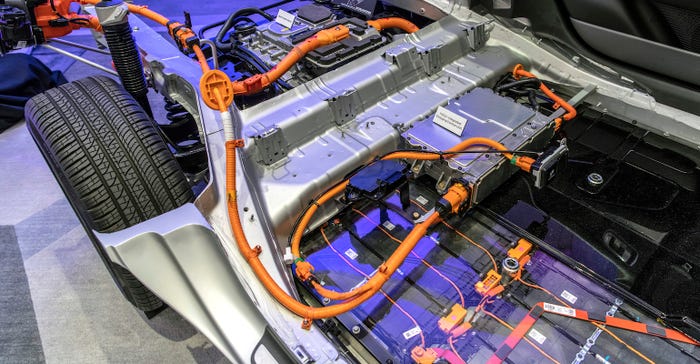
The base car’s range is 240 miles with the 53-kWh pack and rear drive. The Long Range rear-drive model achieves 361 miles with the 18-inch wheels and only 305 miles with the 20-inch wheels.
All-wheel drive versions’ range varies from 316 miles with the 18-inch wheels to 270 miles with the 20-inch wheels. That means that the 20-inch wheel-equipped cars are on average 88 percent as efficient as the 18-inch wheel-equipped cars, which seems like an indefensible penalty for wheels that also deliver a harsher ride because of the reduction of cushioning tire sidewall height.
Driving the base rear-drive SE version of the Ioniq 6 back-to-back with the Limited AWD revealed practically indistinguishable driving characteristics between the cars on dry roads, suggesting that for most drivers rear-drive and 18-inch wheels would be the practical choice for both value and driving range.
Part of the reason the wheels can have such an outsized effect on overall vehicle efficiency and range is that the Ioniq 6 has been completely optimized to reduce aerodynamic drag from every other source. That leaves the wheels as a significant variable.
“Installing a high-capacity battery can increase average estimated range (AER), but this poses additional problems such as a higher weight and storage requirement for the battery,” explained vice president of Hyundai’s vehicle total development center, Byunghoon Min. “The most important design consideration for an EV is to maximize the battery output by reducing unnecessary loses, which can be achieved by designing an aerodynamically efficient vehicle.”
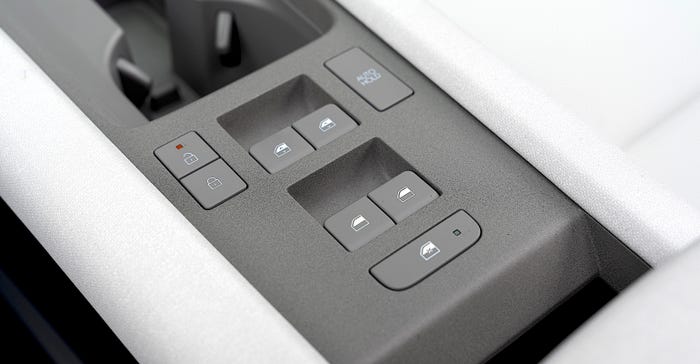
The Ioniq 6’s efficiency doesn’t just come from a streamlined silhouette, but also through management of the details needed to make a car practical to drive. One example is the use of rear-view cameras in non-U.S.-market cars. Compared to the mirror-equipped U.S. cars, the CoD drops a point, to 0.21.
This illustrates the importance of small details. Another such detail is the car’s Active Air Flap (AAF), which adjusts to control the flow of cooling air into the car’s front heat exchangers. “Active air flap is employed to curtail the cooling drag, which is responsible for about 20 percent of the total drag,” reported senior research engineer on the aerodynamics development team, Euijae Lee.
“What makes Ioniq 6 unique is the fact that AAF is placed outside of the grille, unlike conventional vehicles,” he said. “This allows the customer to see AAF in action and can limit the amount of air entering the hood more efficiently, thus decreasing the cooling drag even more.”
Steering airflow at the rear of the car is even more important, according to aerodynamics development team senior research engineer, Myeongwoo Park. “The most important aerodynamic item for Ioniq 6 is the rear spoiler, which not only reduces drag, but also increases downforce.”
This is necessary because of the lifting effect of the car’s overall design, he explained. “Ioniq 6’s one-curve design resembles an aircraft wing, which naturally creates lift. By equipping the rear spoiler, we were able to improve the handling of the vehicle.”
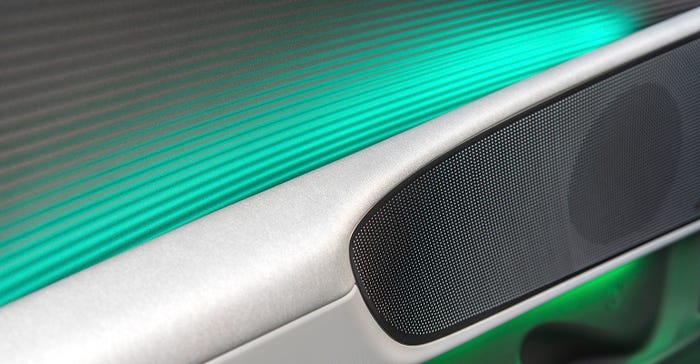
In an age when supersonic jets influence styling, the subsonic airflow on the Ionic 6 pointed aerodynamic engineers further back in time. “The inspiration for the elliptically shaped rear spoiler design came from the Supermarine Spitfire British World War II fighter plane,” said Park. “Its shape minimizes the wing tip vortices and allows the air to travel smoothly along its shape, which maximizes downforce.”
Driving the Ioniq 6 on the desert roads outside Phoenix in temperate, sunny weather, I experienced the rear-drive SE ($46,825, as tested) using 85 miles of its estimated driving range to travel an actual 68 miles. This driving included a few twisty mountain roads but was mostly highway driving.
The AWD Limited ($57,425, as tested), on the other hand, over-delivered, driving 30 miles while using just 26 miles of its estimated range. This drive did climb into the mountains in the SE and return to the desert floor in the Limited, so the difference could just be the change in altitude, which we’ve seen previously to have a substantial effect on efficiency.
While the Ioniq 6 boasts an array of advanced technology, most notably the 800-volt, 350-kW DC fast-charging capability, battery pre-heater, adaptive cruise control, and Bluelink+ telematics as standard equipment on all models, they saved money in other areas where they presumably think customers won’t mind. However, the center console-mounted window switches will probably be as unpopular with buyers as they are with me.
And the steering column-mounted monostable shifter returns to its central position after a shift is requested, providing no positive indication of the current gear selection. It will be interesting to see whether a Kia equivalent model will feature a traditional, more user-friendly PRNDL shifter as we’ve seen happen in their combustion-powered models.
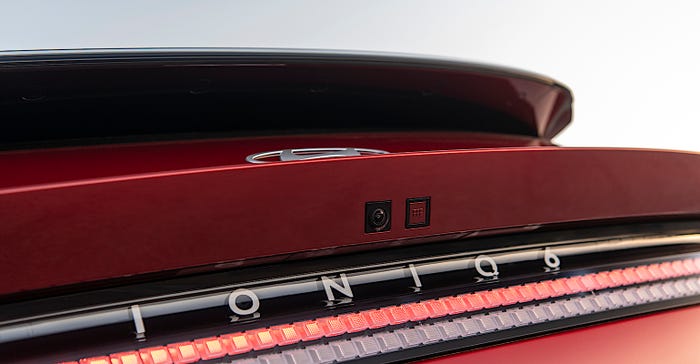
One successful area of cost saving in the Ioniq 6’s cabin is the interior door panels. They are a rigid plastic that could easily look as cheap as they surely are. However, Hyundai designers have molded ribs into the plastic and they light them from behind the armrest to provide a textured appearance that seems richer than the cost of the parts.
Another interior detail that is more important to anyone carrying adult-sized rear seat passengers is the fact that the front seats extend all the way to the floor, with no empty space beneath them for passengers’ feet. Hyundai touts the long wheelbase of the Ioniq 6 and its resultingly spacious legroom. But that space is misleading when the backseater’s feet must be in the footwell and not tucked under the front seats. If the people in the back seat are in child safety seats anyway, then this won’t matter. But they won’t be happy when they grow up.
On balance, the performance, value, and efficiency of the Ioniq 6 far outweigh any quibbles of personal preference over controls, switches, and packaging. With a proliferation of models coming from Hyundai Group brands employing the E-GMP platform, even if the Ioniq 6 doesn’t perfectly suit a buyer’s needs or tastes, surely another forthcoming model will.
About the Author(s)
You May Also Like

